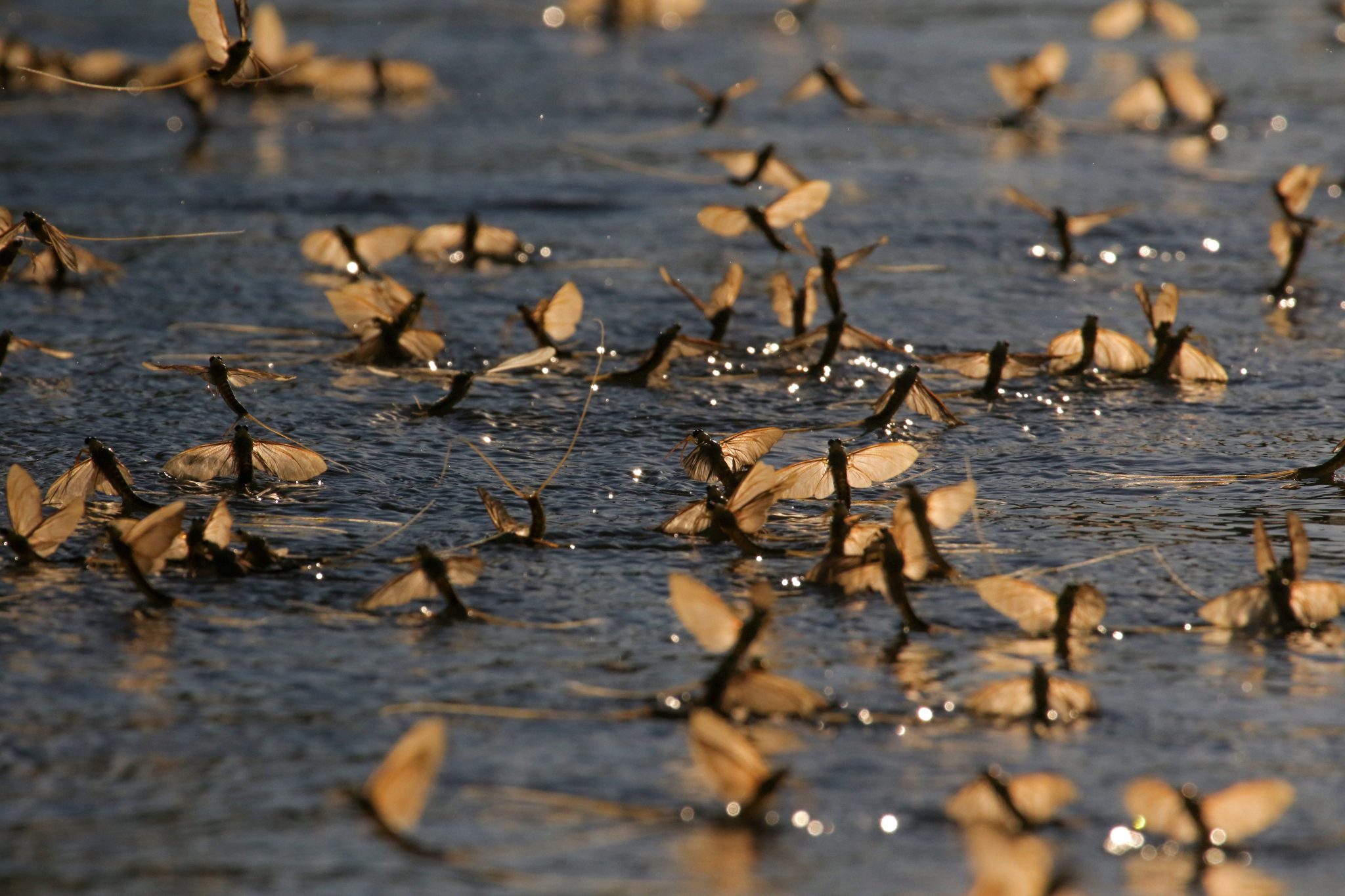
The Stream valley, also known as the Jegenye Valley in Budaliget, was not a nature reserve, even though it is home to 1,800 salamanders in frost-free weather. The majority of people in the area were opposed to building on state-owned land, the capital’s vote on Wednesday to protect it could have an impact on this.
Two years ago, in December 2019, Gergely Őrsi, the then recently appointed mayor of the second district, said that Hungarian National Asset Management (MNV) Zrt. had advertised the plots in the lower part of the valley as land designated for construction, which it had since sold. According to conservation calculations, the valley is home to about 1,800 protected spotted salamanders. At the time, Őrsi wanted the valley to be protected, even as Natura 2000 nature protection area, an approach supported by Mayor Gergely Karácsony. Local people also started a petition for this, accumulating nearly 3,500 signatures.
Related article
Tisza Mayfly and 'Tisza Blooming' Become Hungaricums as National Values
According to the decision of the Hungaricum Committee, the collection of Hungaricums will be enriched in the future with four additional natural and traditional key values, including the Tisza mayflies and their famous mating, the so-called Tisza blooming, which over the years has become a tourist attraction. Every year, many tourists arrive to the River Tisza […]Continue reading
The Jegenye Valley has also become known as the Salamander Valley.
I think the reason this valley wasn’t protected was that no one thought such craziness could be imaginable as someone wanting to build on this hillside, which is not even suitable for construction,”
Ádám Waschler told 24.hu.
Specimens of the salamander, previously known to be extinct in the Buda Hills, but still present in the Pilis, were seen again in 2008 in this valley, and the Central Danube Valley Environmental, Nature Protection, and Water Authority has assessed the situation, according to an earlier article in Mérce. In a study, the authors wrote that if the lower slopes of the valley, with its special microclimate, were built on, it would lead to the end of the salamander population in the long term. Many people campaigned for a ban on the change, and the renaming of the valley as Salamander Valley was first suggested at the time. The Hungarian Ornithological and Nature Conservation Society has chosen the salamander as the 2019 amphibian of the year as well.
Related article
Bird Flu: Whole Wild Bird Population of Festetics Castle in Keszthely Had to Be Destroyed![Bird Flu: Whole Wild Bird Population of Festetics Castle in Keszthely Had to Be Destroyed]()
"We have to share with you some sad news. Unfortunately, the small residents of our bird park have also fallen victim to the national bird flu epidemic," the Helikon Castle Museum said.Continue reading
On 5 December, Gergely Karácsony said that the Municipal Assembly may decide whether the valley should become a nature reserve. On Wednesday, the General Assembly decided on this, and the decision will enter into force on 1 January 2022.
Source: 24.hu
Featured image: illustration via Pixabay

